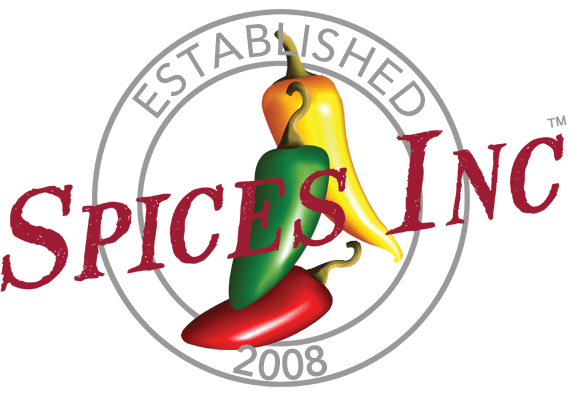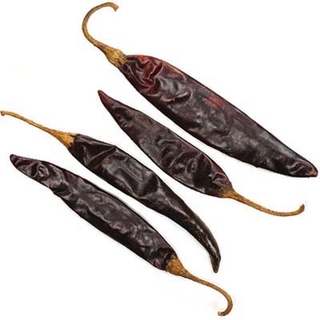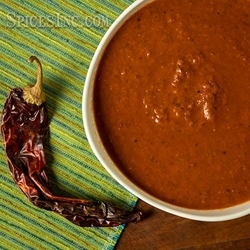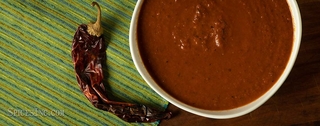Puya Chiles
Puya Chiles
Puya Chiles (PU-yah), Capsicum annuum, are medium-heat chiles measuring 5,000 – 8,000 Scoville Heat Units (SHU). They can also be called chile puya, puya chile, chile pull or puya peppers. The name means “prod” or “goad”; the name can also be a slang term indicating that something is a cutting or sharp, like their little sting of heat.
Puya chiles are longer than they are wide; they are about ½ inch wide across the shoulder, and 3-4 inches long, tapering to a point. They are a deep red, almost maroon, and their flesh can be translucent. They are often mistaken for Guajillo chiles, but Puyas are a bit smaller and a bit hotter.
Businesses who purchase Puya Chiles are cafés; brewpub style restaurants; and breweries.
There are approximately 3-4 Puya Chiles per ounce.
Flavor Profile
Puya chiles have a light, fruity flavor profile, with licorice and cherry undertones.
Heat Level
Puya Chiles have a medium-level heat, as they measure 5,000 – 8,000 Scoville Heat Units (SHU).
How to Use
The versatile Puya Chile adds light, fruity flavor to a wide array of dishes. Make fruity, flavorful Puya Chile Sauce and serve with enchiladas, pour over nachos, or ramp up your nachos and make Chilaquiles with Puya Chile Sauce. They’re an easy substitute for Guajillo Chiles, so swap them in when making Pozole Rojo or the Mexican beef stew, Birria. Toss into Chile Marinated Pork to lighten up this dish’s smoky flavors.
The Puya chile is a popular chile in central Mexican cuisine and is used to flavor chicken, fish, pork or veal. It’s also used when making breakfast burritos, casseroles, chutneys, cooked vegetables, dips, enchiladas, pizza, salsas, sauces, soups and stews.
Pair the Puya Chile with lime, orange, lemon, garlic, smoky flavors, cilantro, coriander, cumin, onion, cinnamon, chocolate, coffee, fennel, Mexican oregano, and thyme.
| Also Called | Chile puya, puya chile, chile pull or puya peppers |
| Species | Capsicum annuum |
| Ingredients | Whole dried Puya chiles |
| Flavor Profile | Light, fruity flavor, licorice and cherry undertones |
| Scoville Heat Units | 5,000 – 8,000 SHU |
| Recommended Uses | Chicken, fish, pork, veal, stews, soups, vegetables, and sauces |
| Cuisine | Mexican, Caribbean, Latin American |
| How To Store | Airtight container in a cool, dark place |
| Shelf Life | 1-2 years |
| Country of Origin | Mexico |
Nutrition Facts
Serving Size1 chile, 1.5g
Amount Per Serving
Calories5
% Daily Value*
Total Fat0g0%
Saturated Fat0g0%
Trans Fat0g
Polyunsaturated Fat0g
Monounsaturated Fat0g
Cholesterol0mg0%
Sodium0.5mg0%
Total Carbohydrate0.9g0%
Dietary Fiber0.0g0%
Total Sugars0.8g
Added Sugars0g0%
Sugar Alcohol0.0g
Protein0.2g0%
Vitamin D0mcg0%
Calcium2mg0%
Iron0mg1%
Potassium0mg0%
*The % Daily Value (DV) tells you how much a nutrient in a serving of food contributes to a daily diet. 2,000 calories a day is used for general nutrition advice. These values were calculated and therefore are approximate. For more accuracy, testing is advised.



